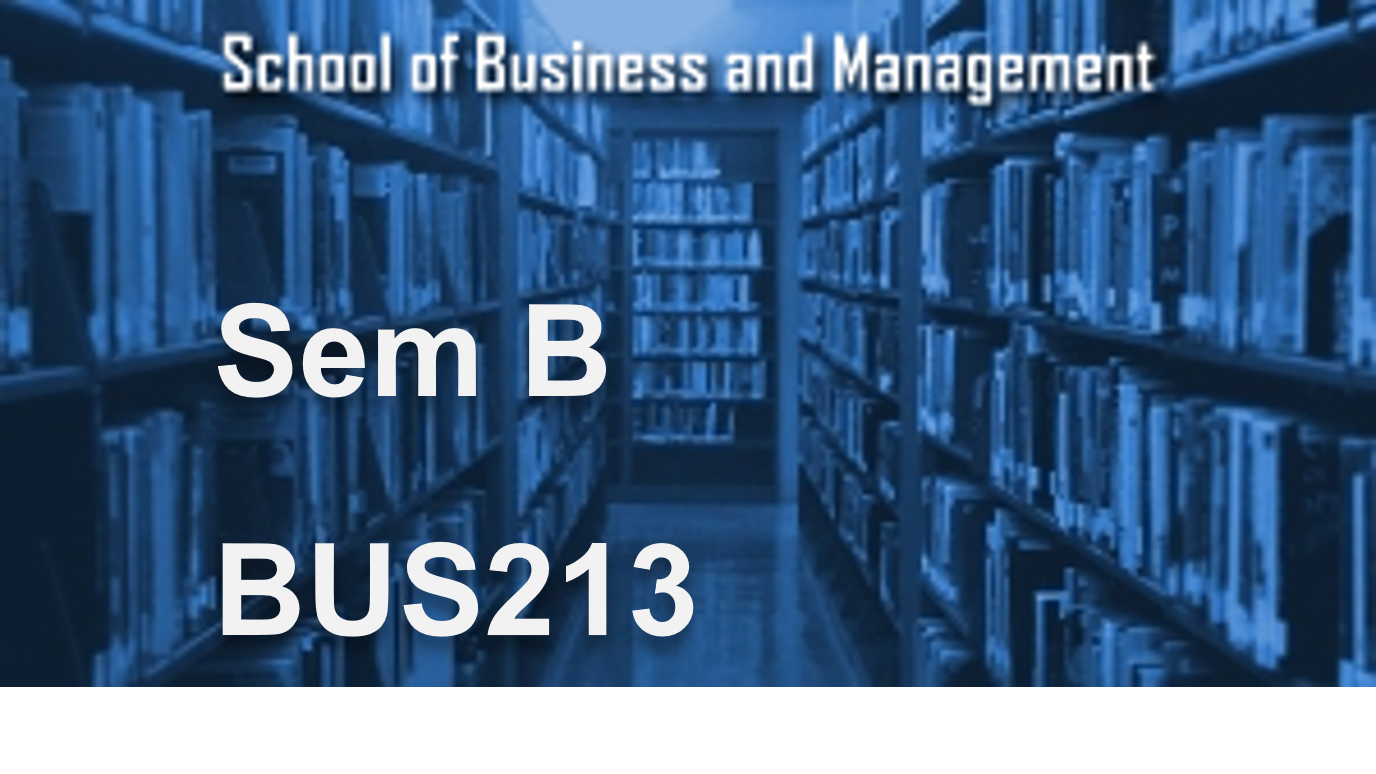Advertising is changing. Fewer people are buying newspapers and watching TV shows in real time, and therefore fewer people are seeing traditional print and TV spot advertising. On the other hand, many more people are getting their information and entertainment from the Internet via mobile devices. Consequently, millions of people are getting their ideas on what to buy not from traditional advertising but from social media and online news and entertainment. Advertising agencies and brands are responding to changes in media consumption patterns by creating new, hybrid forms of advertising, such as content marketing, branded entertainment, product placement, programmatic advertising, and other promotional techniques for urban settings and social media. This does not mean that traditional advertising is going away, by any means, but it does mean that what we understand as advertising is changing, in two main ways. It is becoming broader as promotional disciplines that used to be treated as separate fields, such as public relations, sales promotion and sponsorship are becoming integrated into advertising campaigns. Secondly, traditional advertising has to be more creative, and more engaging, in order to be shared on social media. In this advertising module, then, we explore both traditional and new aspects of the field to try to understand their implications for theory and practice. The assessment consists of a single 2,000 word essay divided into question parts - section A consists of a conceptual question and section B gives you a choice of a choice of adverts to apply your knowledge to. The other part is an examination. Students usually find this module highly enjoyable, especially its engagement with culture and social media.

BUS213 - Advertising - 2024/25
Advertising is changing. Fewer people are buying newspapers and watching TV shows in real time, and therefore fewer people are seeing traditional print and TV spot advertising. On the other hand, m...